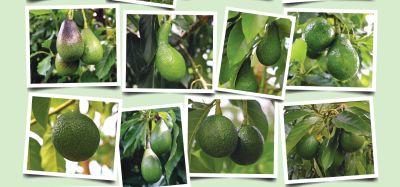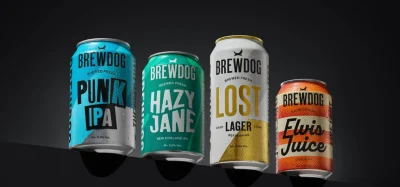New research reveals potential of AI-driven colour-changing food packaging
Posted: 28 August 2025 | New Food | No comments yet
New University of Vaasa research explores how AI-powered colour-changing packaging could improve food quality monitoring, reduce waste and boost transparency.


The University of Vaasa has revealed research showing that smart food packaging capable of signalling product condition through subtle colour changes could soon become a reality.
The University of Vaasa has revealed research showing that smart food packaging capable of signalling product condition through subtle colour changes could soon become a reality.
Doctoral researcher Jari Isohanni demonstrated that machine learning can detect these changes with precision, creating cost-effective packaging solutions for industries including food and beverage, healthcare, logistics and electronics.
Isohanni’s research focused on applying AI to colour recognition in printed packaging, an area that had not been explored before. He explained:
My research showed that traditional, simple computational methods work well for recognising significant colour differences. However, for subtle changes and varying conditions, the most effective methods were convolutional neural networks that are based on artificial intelligence.”
Functional printing inks can shift colour in response to temperature, humidity or other environmental factors. Detecting minor colour changes has historically posed challenges, as conventional machine vision methods often fail to respond quickly enough.
Isohanni added:
The colour change in printing ink is so subtle or rapid that it cannot be recognised effectively enough with current machine vision methods. By the time the ink’s colour change is mechanically detectable, the process may already have progressed too far or damage may have occurred.”
Potential solution
The research indicates that AI-enabled colour recognition can achieve near-human accuracy, allowing manufacturers to monitor product quality automatically. Printed indicators on packaging could inform consumers about freshness or product condition without the need for expensive electronic sensors.
Isohanni emphasised:
Expensive electronic measuring devices cannot be placed on, for example, a lettuce package, as it would constitute a large portion of the product’s price or could cause additional challenges for recycling. Printed indicators solve this problem.”
Food waste continues to be a pressing global challenge, with around one-third of all food produced, some 1.3 billion tonnes, discarded each year, according to the Food and Agriculture Organization of the United Nations. Smart labels that offer real-time visual cues about freshness could help cut this waste by removing uncertainty for consumers.
The findings highlight the potential for environmentally friendly smart packaging that is both affordable and scalable. Applications could also extend beyond food to healthcare for monitoring medicines, logistics for tracking transport conditions, and electronics for detecting moisture or temperature damage.
Related topics
Data & Automation, Food Waste, Labelling, Packaging & Labelling, Robotics & automation, Shelf life, Technology & Innovation, Trade & Economy









